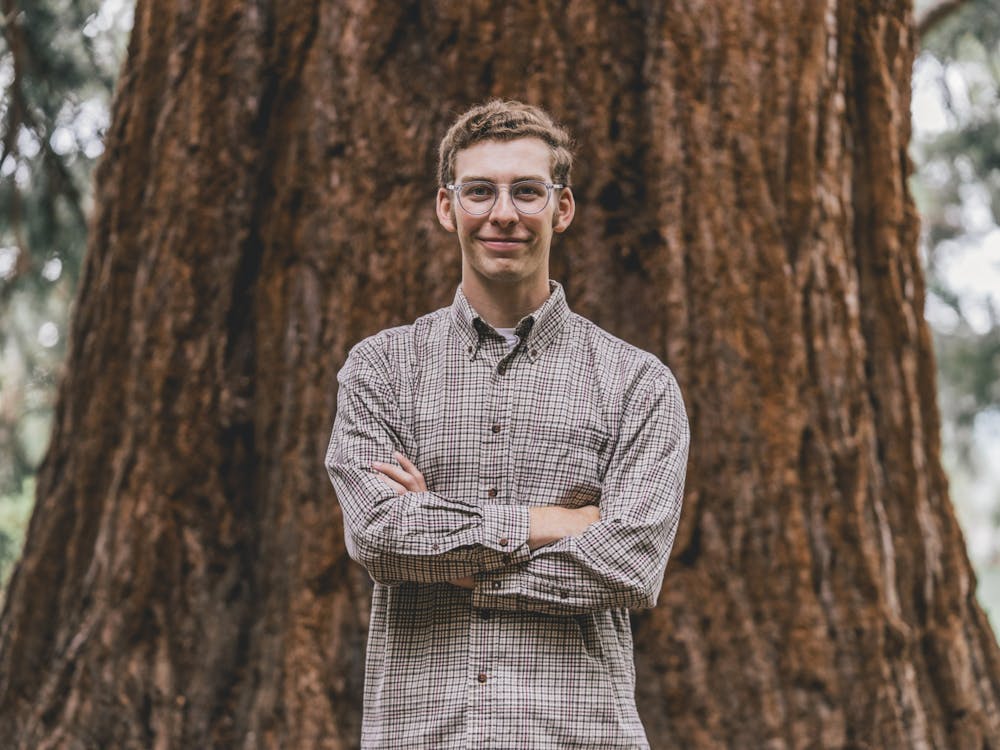Andrea Merill (The Beacon)
By Andrea Merrill, Guest Commentary
As someone who is an out and proud queer and a strong ally to the trans* community, I was shocked and upset to read the story about the T-Room Annex and transgender discrimination.
However, regardless of the details and of what truly happened, I was particularly struck by the fact that this situation is an opportunity to learn more about the complexity of sexual orientation, gender identity, and gender expression. I should mention now that sexual orientation and gender identity are very complicated issues and what I'm explaining next are general, overarching definitions. Not everything applies to everyone nor does everyone fit neatly into each definition.
In the current U.S. society, the acronym LGBT(Q) is often used towards the sexual minority community, or those who do not identity as heterosexual or with their biological sex. This societal lump of sexual orientation and gender identity is often the cause of confusion with the two concepts. While interrelated, there are some differences between the two. Sexual orientation refers to whom a person is romantically, emotionally, and physically attracted to. Gender identity, however, is how a person identifies with oneself in regards to biological sex and gender. Biological sex is exactly what it sounds like - primary and secondary sexual organs and characteristics that people are born with. Gender is different in the sense that it is constructed of societal norms and traits, such as masculinity, femininity, and gender roles.
People can identify with their biological sex, with the other gender/biological sex, with both genders, or with neither. Someone who identifies their gender with their biological sex is labeled as cisgender. Chances are that most people reading this are cisgender, as the large majority of people identify with this label. On the other side of the spectrum, there are people who identify as the opposite sex, meaning that their gender identity is often the opposite of their biological sex, and are labeled as transgender. People can be male to female, meaning they were born male but identify as female, or female to male, meaning they were born female but identify as male. Being transgender is different than transsexual, which refers to people who have made the transition to their preferred gender. This transition means getting sexual realignment surgery and taking hormones.
Now, this is barely scratching the surface of a very complicated and wibbly wobbly world of sexual orientation and gender identity. But I wanted to take the chance to also say that what you say or do has an impact on those around you. If someone asks to be referred to in a different pronoun that may not reflect their biological sex, be respectful of that. Realize that while you don't mean to say "That's so gay" as a negative thing towards the LGBTQ community, it can be taken like that to others around you. Realize that being homophobic is quite different from being transphobic. Realize that not everyone is straight or cisgender.
Andrea Merrill is a junior sociology major. She can be reached at merrill14@up.edu








